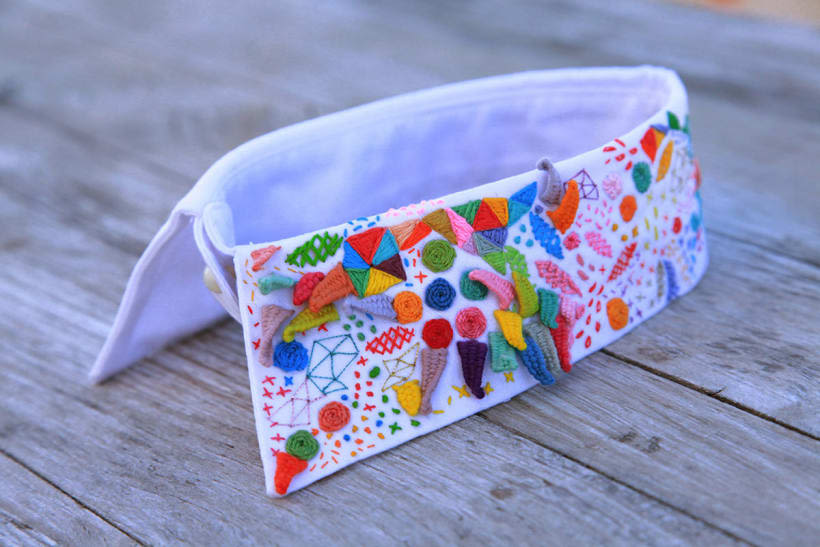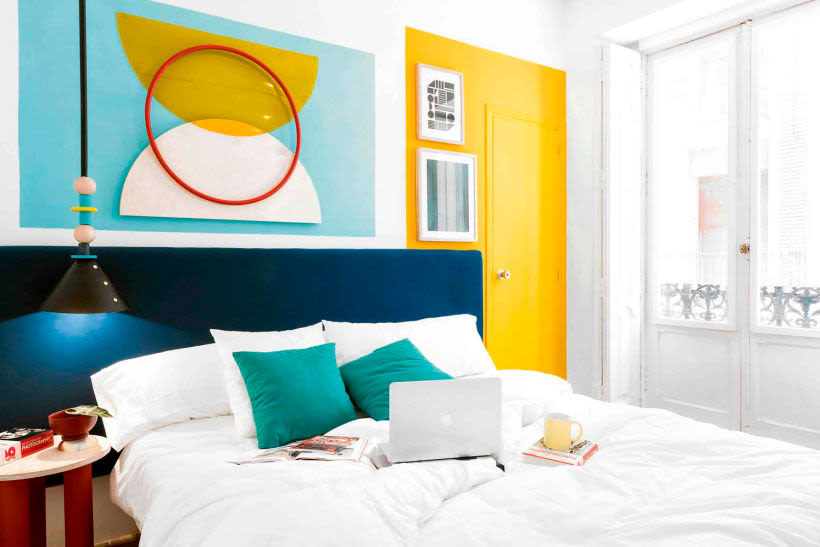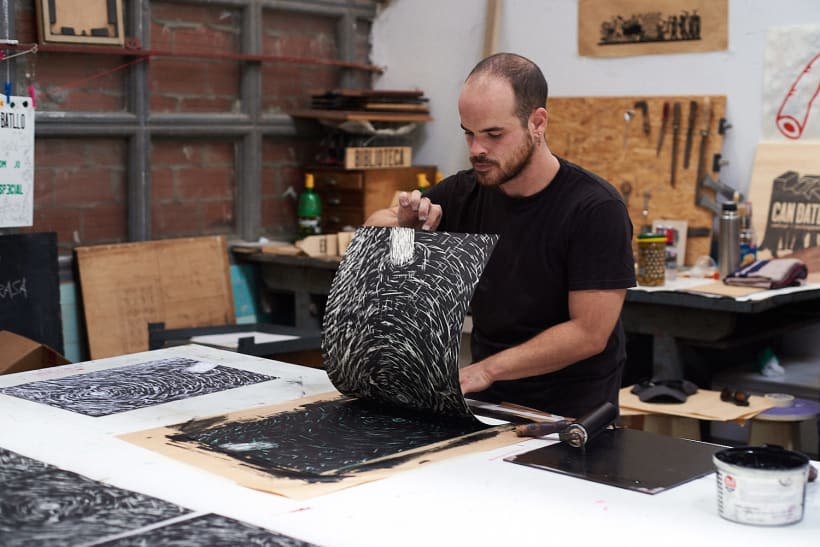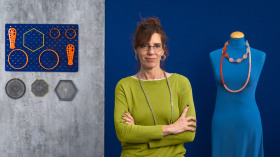Creative Ways to Reduce Climate Change
We asked creative experts how we can continue to create while reducing our impact on the environment
While the climate crisis has been at the center of international politics for years, it could be said that it is at its most crucial moment. It is an issue that increasingly dominates more headlines, brings together mass protests around the world, and fuels grassroots movements that hope to implement measures and put a stop to the catastrophic consequences that we’ve been told will occur, should things continue as they currently are.
Climate change is a global issue that affects the whole planet, and while it is difficult to unify every voice around the world with regards to how (or if) we should try to solve it, there are many steps we can take as individuals–in our creative pursuits as well–that will help to reduce our impact and reduce the problem. To learn more about what we can do, we reached out to several creatives to discover how to be more environmentally conscious when it comes to designing, working, and creating.
We are the most invasive species to have walked this planet, and now it’s time to show some gratitude and speak up. It’s time for human beings to contribute and be part of a whole, and not just see everything as theirs for the taking. Pablo Salvaje.

Artist Pablo Salvaje (@pablosalvaje), embroiderer and graphic designer Señorita Lylo (@SrtaLylo), and Ana Hernández and Christophe Penasse from interior design studio Masquespacio (@masquespacio) share their creative ideas for how to reduce climate change:
Reuse whenever possible
You don’t need brand new materials to create something. In fact, it’s a testament to your creativity if you can bring to life an object that seemed useless and use it to create something unexpected. This is one of the core values that Masquespacio focus on: “In our projects with Valencia Lounge Hostel and Kaikaya, everything–from the floors to the ceilings and walls–was kept and simply restored. This meant that we avoided buying new materials that could have had a negative impact on the environment–both during their production or as a result of the pollution caused during transportation. The Valencian interior design studio also make good use of extra or leftover materials, which they reuse to create beautiful pieces that have their unique stamp, such as lamps and decorations.
Señorita Lylo reuses clothes that she no longer wears as fabric for her embroidery work, adding a symbolic touch: “I try not to buy fabric, nearly all of mine comes from my wardrobe, or from my family’s. Also, embroidering a fabric that has a history, it feels like it brings symbolic value to the piece.”

Consume locally
Masquespacio also insist on opting for local manufacturers whenever possible: “Not only does it help the local economy, it reduces long transport times that would increase pollution”. Also, they draw attention to the fact that chains do very little to improve the state of the planet, “If you buy a simple cable, for example, instead of putting it in an envelope, they’ll put it in an oversized box in which you could fit 30-40 cables”.
Be inspired by nature
For Pablo Salvaje, it’s essential that you observe nature and see it as your muse when it comes to creating. “Creativity needs to be fed and nature offers a range of shapes, textures, colors, states, and different perspectives. This makes getting to that point in which you feel your creativity flowing much easier, whatever your medium."
Sometimes nature’s influence is more palpable, sometimes less so. However, it’s always there. Work with the world in mind, it’s a way to show it some respect.

Choose techniques and materials that respect the environment
Today there are infinite resources within our reach: from recycled materials to tools made from high-quality and durable materials. They are available in art shops and on the internet–although buying from the latter would be the least ecological option of the two.
There are many options when it comes to ink and ecological fine art materials. Also, it’s important to be aware of and avoid abrasive techniques that not only damage the environment, but can also cause us harm when we use them. “We have access to information that indicates where the material came from, whether it’s fair trade, whether it’s environmentally friendly, to give a few examples,'' Pablo reminds us.
Paying attention to this part of the process will also make you more aware of the impact it has and how you can bring about change. At Salvaje, one of our mantras is: “create to leave a mark”, but in the positive sense. In other words, plant a seed that will grow to help build a future that you want to see. Pablo Salvaje.

Be an artivist
Design is a powerful weapon at the disposal of the creative community, which can reach people and provoke a reaction. Pablo Salvaje is an environmental artivist: in lots of his projects, such as Save the Artic or Agonía, he uses ink and typography to capture people’s attention and convey his message. Alma Animal is a book in which Salvaje communicates these values through his animal protagonists. “It’s been, and continues to be, infinitely rewarding to create from this critical perspective. It moves the reader and provokes them to take action.”
During a time of great change, in which we find ourselves facing an emergency–unsustainability, depletion of resources, climate change, extinction of species–Pablo invites you to use your creativity, your creative power, the measures within your reach, to make a piece about something that touches you, worries you, scares you, grips your insides; something you need to tell the world. “Don’t be hard on yourself. Don’t stop mid-process. The end product is what matters. It is your contribution to a revolution made up of like-minded people that needs more voices in order to amplify its message.”

Señorita Lylo teaches the Domestika course Basic Embroidery Techniques: Stitches, Compositions and Colour Ranges; Ana Hernández from Masquespacio teaches the course Introduction to Interior Design; and Pablo Salvaje teaches the course Engraving stamps and printing techniques.
You may also like:
- Feng Shui for Your Workspace
- Design and Composition Ideas to Create Living Botanical Décors







0 comments